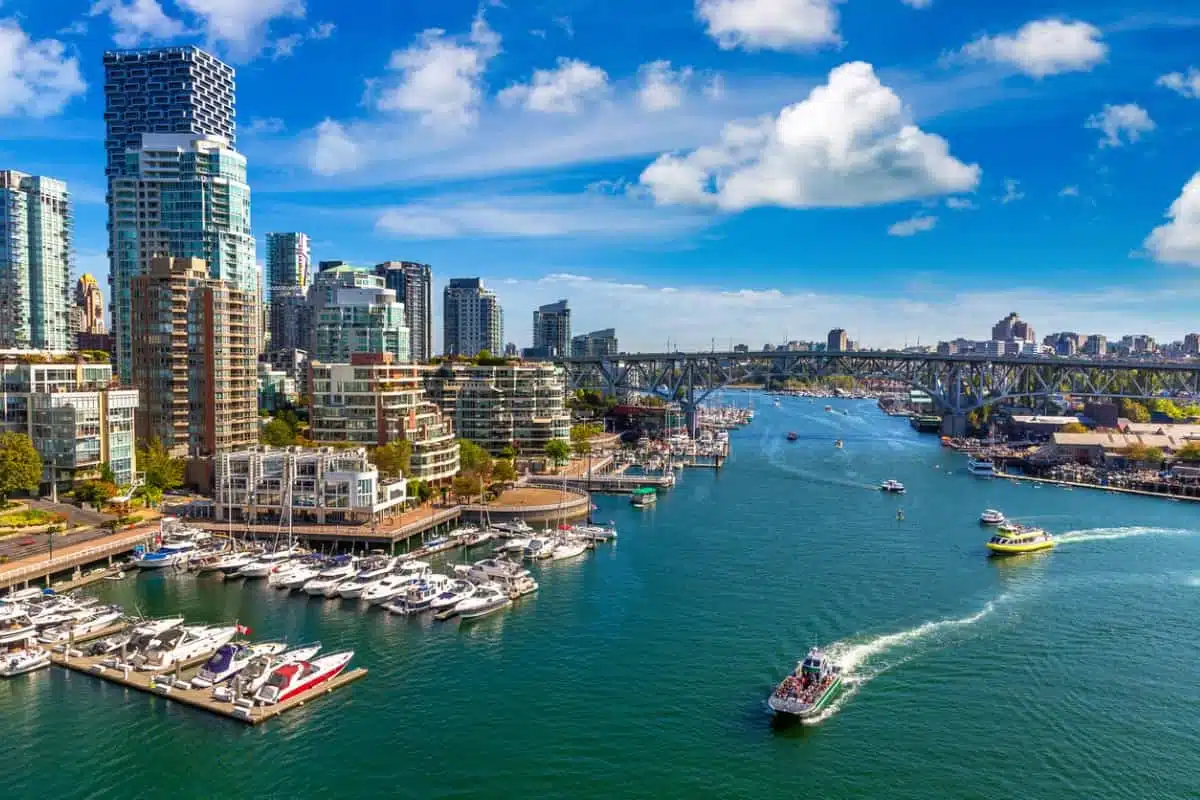Canada’s single-most populated province, with a population of over 15 million, Ontario is a popular destination for newcomers to Canada.
Already home to Canada’s largest immigrant population, this province is renowned for being the Canadian region with the most employment opportunities and lifestyle freedom across this country, as well as having Canada’s largest housing market.
Read more here about landing and settling in Ontario as a newcomer to Canada.
Housing
With a housing market that includes over 5.4 million properties across the province, Ontario has the largest housing market in the country.
Note: As is the case in any Canadian province, housing prices and available property types in Ontario can change depending on factors such as your desired settlement location or family size
According to the latest National Rent Report by rentals.ca (for August 2023), the average rent for a one-bedroom apartment and two-bedroom housing unit is as follows in Ontario’s three largest Census Metropolitan Areas (CMAs) by population – Toronto, Ottawa and Hamilton.
One-Bedroom: Toronto ($2,592), Ottawa ($1,951) and Hamilton ($1,855)
Two-Bedroom: Toronto ($3,370), Ottawa ($2,358) and Hamilton ($2,271)
Commuting
In each of Ontario’s three largest CMAs, at least 80% of residents live less than 500 metres from a “public transit access point.”
Despite the heavy presence of public transportation in Ontario, more than four in every five Ontario residents use a car, van or truck as their main mode of commuting.
For this reason, it is important for newcomers to Ontario to understand the following about driving in this province:
- For the first 60 days as a new Ontario resident, newcomers above the age of 16 may use their home country-issued driver’s license in this province
- At the end of these 60 days, newcomers in Ontario must obtain an Ontario driver’s license from the provincial government
Employment
In Ontario, the three largest industries in order of employment are as follows:
- Trade occupations: Retail and Wholesale Traders
- Healthcare and social assistance: Doctors, Nurses, Social Workers
- Manufacturing: Mechanical Engineers, Lab Technicians
To learn more about finding a job in Ontario, visit the provincial government’s Employment Ontario page.
Healthcare
Canadian public healthcare is funded through a universal healthcare model. This means that resident taxes are accumulated to help pay for healthcare services in this country, including in Ontario.
Ontario is one of just two Canadian provinces and territories that do not require newcomers to wait to be eligible for provincial healthcare coverage. Instead, any newcomer to Ontario that possesses a valid health card can receive free healthcare.
Generally, a health card gives residents access to public health services for free through OHIP (the Ontario Health Insurance Plan). However, certain treatments and medications will require the recipient to pay out of pocket. This is where private health insurance becomes crucial for residents of Ontario.
Education
From the time that the children of newcomers to Ontario reach the age of six, they begin to participate in the province’s education system.
Note: Ontario has more than 400,000 licensed childcare spaces across the province
Ontario’s public school system allows parents to send their child(ren) to school for free from the age of six until the end of high school. This province also has a range of private schools and boarding schools, although tuition must be paid out of pocket if a parent wants to send their child to obtain a private education.
Home to over 500 Designated Learning Institutions (DLIs) across the province, Ontario has many post-secondary options for newcomers to Canada. Many of these post-secondary options can enable newcomers to graduate and obtain a Post-Graduation Work Permit (PGWP).
A PGWP, upon completing one year of work experience in Canada, allows the holder to become eligible for many more Canadian permanent resident immigration pathways than they would be without the permit.
Taxation
Sales tax in Ontario is called the Harmonized Sales Tax (HST), having replaced the previous Federal Goods and Services Tax (GST, 5%) and the Retail Sales Tax (RST, 8%). Therefore, the HST rate in Ontario is 13%.
Income taxes in this province vary based on personal income for each eligible resident, and all working Ontario residents are charged taxes based on their income bracket. Here is more information on Ontario income
Newcomer services in Ontario
Ontario newcomer services are available both through the provincial government and privately. These settlement services are available for newcomers before they come to Ontario, during their move to the province and after they settle in their new home.
One popular resource used to look for settlement services in Ontario is 211 Ontario. 211 Ontario can be contacted by phone at 2-1-1 or by visiting www.211ontario.ca.
For a list of Ontario-based settlement agencies, which can be filtered by region, please visit this link. Also, a full list of government-funded newcomer settlement services, which can be filtered by type of service desired and province, is available here.

